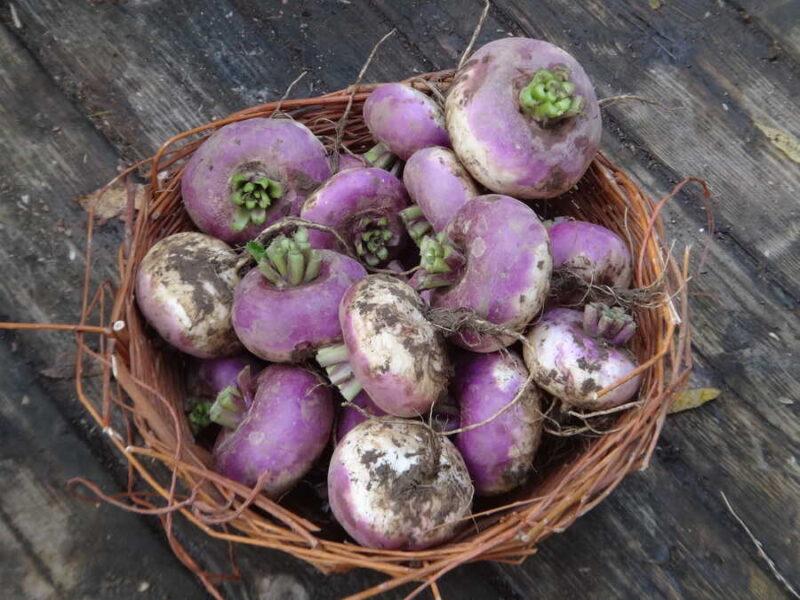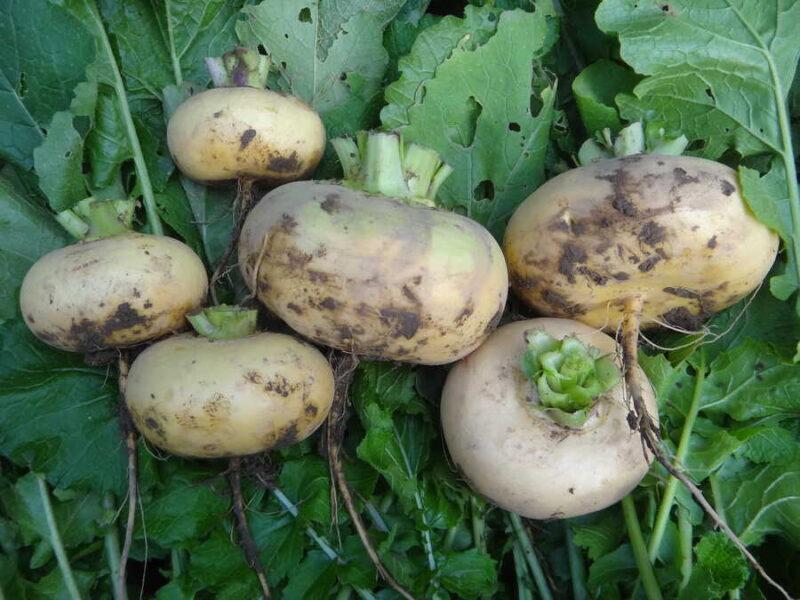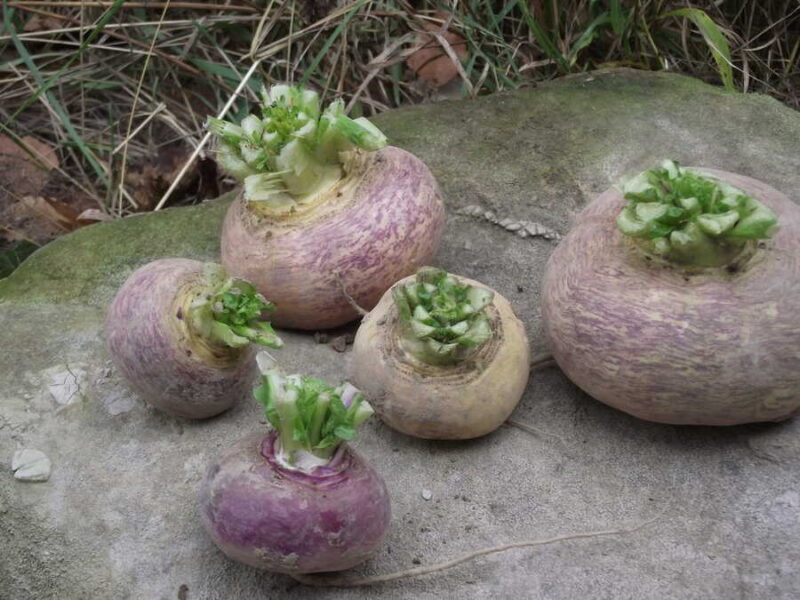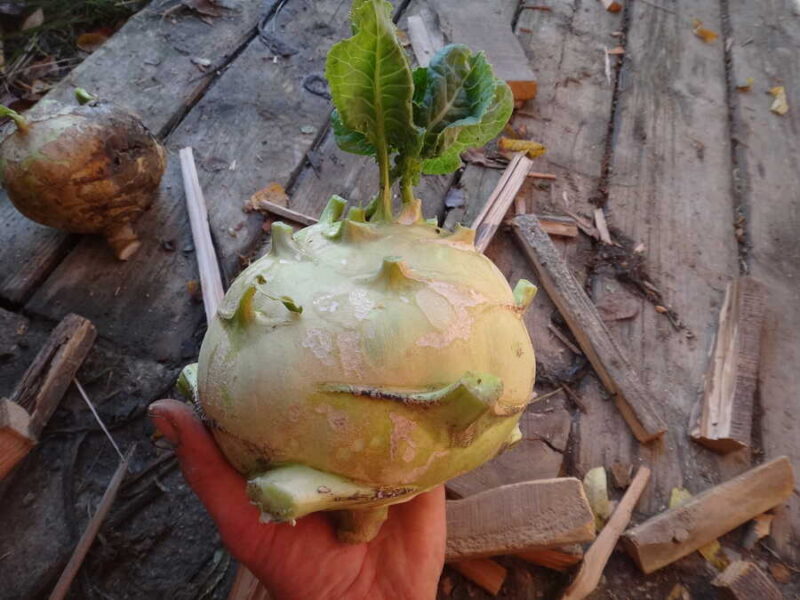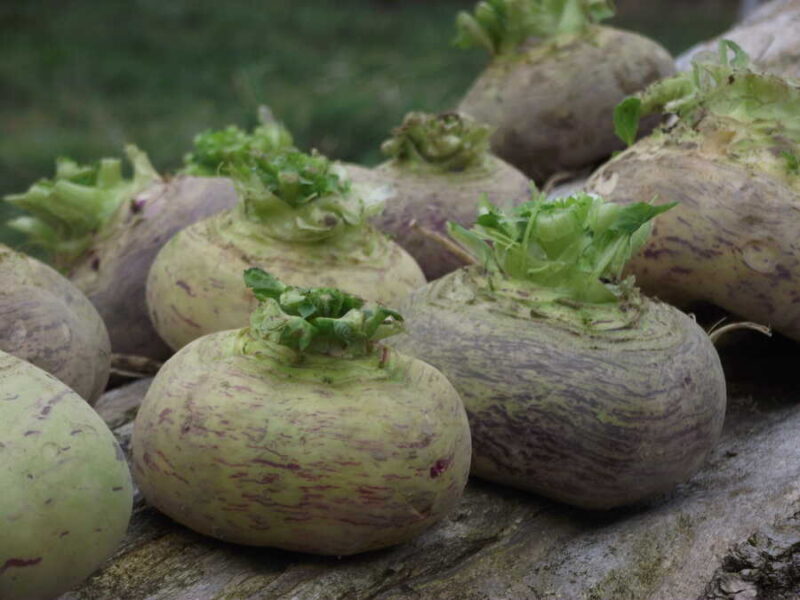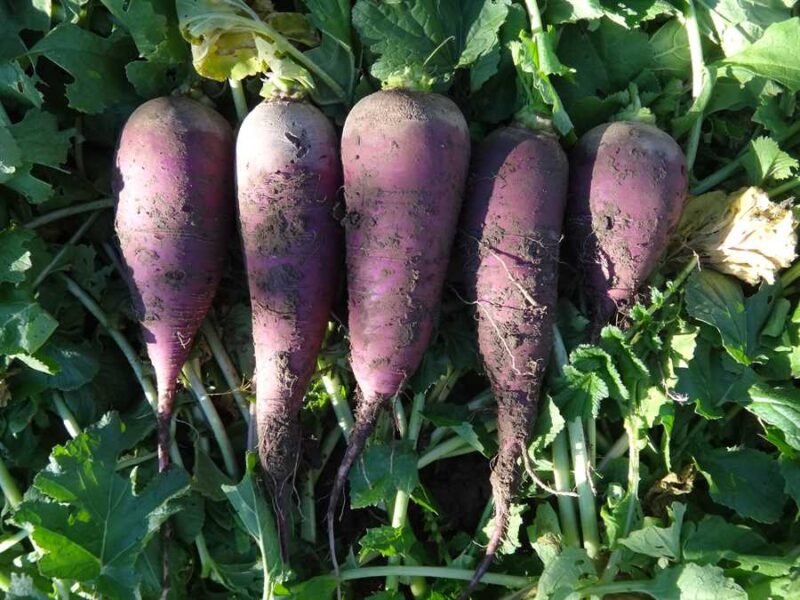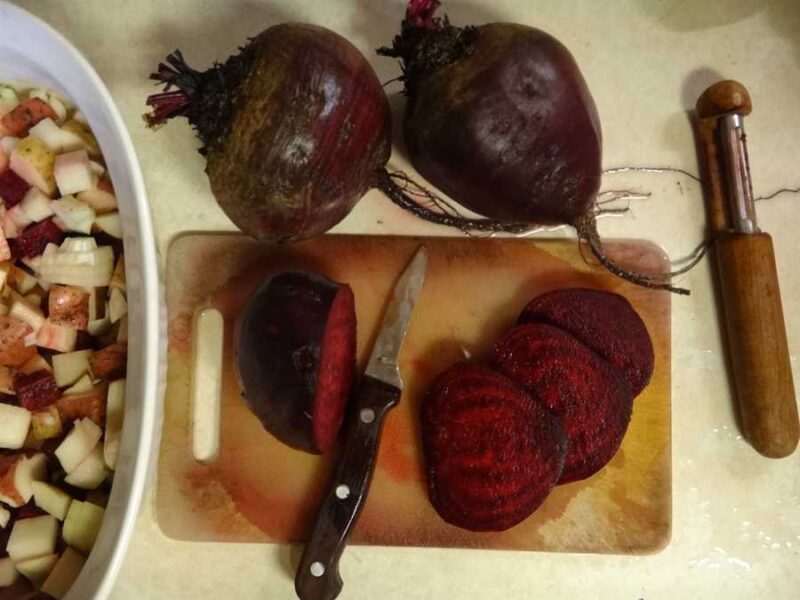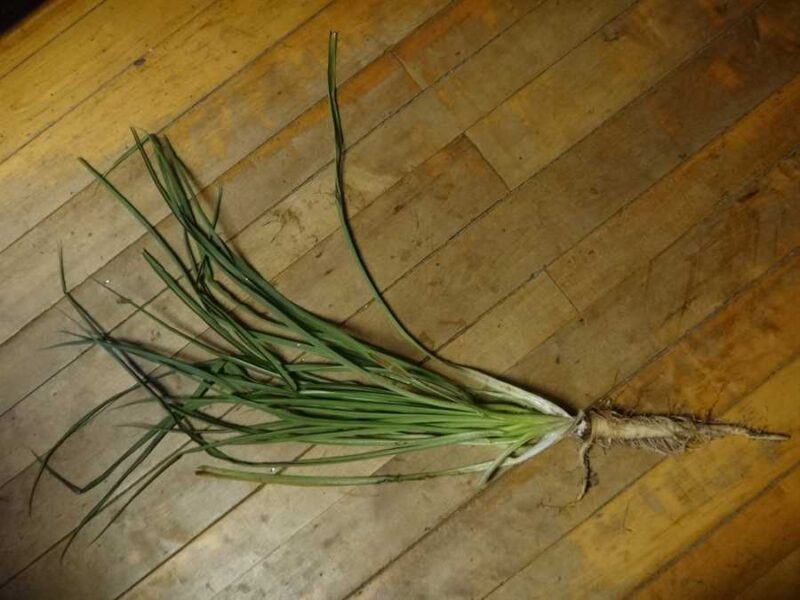Skip to content

-
-
-
$4.00 – $10.00Price range: $4.00 through $10.00
- (Brassica rapa) A purple-topped, white-fleshed turnip with flattened roots. Heirloom variety from France, excellent raw or cooked, for all you gourmet turnip-eaters out there. I received this variety from Seed Savers Exchange’s Heritage Farm in Decorah, Iowa, where it is SSE Accession #127684.
- Select options
This product has multiple variants. The options may be chosen on the product page
-
-
-
$4.00 – $10.00Price range: $4.00 through $10.00
- (Brassica rapa) Yellow, flattened roots. My personal favourite: flavour is excellent, raw or cooked; the flattened shape makes them easy to harvest and to cut up; and they stored all winter without trouble in our root cellar – impressively long for a turnip. This variety also comes with an interesting history. I acquired it from Seed Savers Exchange’s Heritage Farm in Decorah, Iowa. They received it in 1998 from Clive…
- Select options
This product has multiple variants. The options may be chosen on the product page
-
-
-
$4.00 – $10.00Price range: $4.00 through $10.00
- (Brassica rapa) A landrace turnip from northern Finland whose most striking feature is its coloration: a yellow base layer with stripes and speckles of purple, sometimes so dense as to be nearly all purple, sometimes with almost none. Flesh can be white or yellow. Flat-round shape, good storage life, and traditional turnip flavour – in fact, all the traditional turnip flavours included in its variability! Some more sweet, some a…
- Select options
This product has multiple variants. The options may be chosen on the product page
-
-
-
$4.00 – $10.00Price range: $4.00 through $10.00
- (Brassica oleracea) A giant kohlrabi ideal for winter storage: still tender and delightful when 8-10” across and keeps for months in a root cellar (we have eaten our last overwintered kohlrabis in August!). We think it’s brilliant, especially grated for a nice fresh coleslaw in February. Also try pairing it with lots of parsley in late-fall salads. Kohlrabi is fascinatingly bizarre-looking in the garden, and deserves just as much attention…
- Select options
This product has multiple variants. The options may be chosen on the product page
-
-
-
$4.00 – $10.00Price range: $4.00 through $10.00
- (Brassica rapa) The largest turnip I have every seen, with distinctively marbled purple-on-yellow skin and a spicy, peppery flavour which any radish lover will instantly recognize and appreciate. Where is the farthest north that turnips have been cultivated? I asked myself. Finland, as far as I can tell. I found this turnip in the Nordic Baltic Genebank’s collection. Of it they say: “Cultivar facts: Old Finnish landrace. Should be sown…
- Select options
This product has multiple variants. The options may be chosen on the product page
-
-
$4.00 – $10.00Price range: $4.00 through $10.00
- (Brassica napus) Green top with yellow flesh. Very mild – my brother, with somewhat distorted pronunciation, suggests as the advertising tagline, “Take the ‘rude’ out of rude-abaga,” which I’m sure will catch on. A “modern” rutabaga variety released in 1981 in Sweden by Svalöf Weibull AB (now Lantmännen Seeds), who advertised its high yield and claimed that it was less prone to cracking than Gullåker III and Östgöta, for all…
- Select options
This product has multiple variants. The options may be chosen on the product page
-
-
$4.00 – $10.00Price range: $4.00 through $10.00
- (Brassica napus) Green top with yellow flesh. Powerful flavours: sweet, spicy, and bitter, jostle each other in a bouquet of delightful contradictions – if you can hold them together. For the adventurous person with a discerning palate! ...Or for the real traditionalist. Rutabagas are believed to be a relatively new species which developed out of turnips and kale crossing with each other. First described in 1683, they spread rapidly from…
- Select options
This product has multiple variants. The options may be chosen on the product page
-
-
$4.00 – $10.00Price range: $4.00 through $10.00
- (Brassica napus) From Lithuania, a green-topped, yellow-fleshed rutabaga. This was the variety which convinced my family that we like rutabaga, after years of avoiding them! Pleasantly nippy flavour as a raw vegetable, but really shines grated in a stir-fry. Stores well.
- Select options
This product has multiple variants. The options may be chosen on the product page
-
-
Out of Stock
-
$4.00
- (Raphanus sativus) An excellent radish from Germany with a beautiful violet skin and white flesh. Spicy, crisp, and keeps well through the winter. If you are only familiar with spring radishes, this is a new food to try; in the words of Emily Horton, writing for the Washington Post, “radishes are at their most pronounced, and their most versatile, in fall and winter… They differ so greatly in character from…
- Read more
-
-
Out of Stock
-
$4.00 – $6.00Price range: $4.00 through $6.00
- (Beta vulgaris) An old classic which our family loves for its reliability and ease of growing; we plant, thin, mulch, and forget them until it is time to bring in the abundant harvest. Apparently this variety was originally released by D. M. Ferry & Co. of Detroit, Michigan (of course) in 1892. By 1895 their catalogue declared: “This variety was introduced by us and is now universally recognized as being…
- Select options
This product has multiple variants. The options may be chosen on the product page
-
-
Out of Stock
-
$4.00
- (Tragopogon porrifolius) A root vegetable which is fully winter-hardy here, salsify has long, pale roots which, some say, taste like oysters – hence its other common name, “oyster plant”. I have never eaten an oyster, so I cannot judge; but it’s a good addition to the winter menu. Flower shoots, which appear in the second year, can be eaten like asparagus. However, if you let it continue to flowering, you’ll…
- Read more








